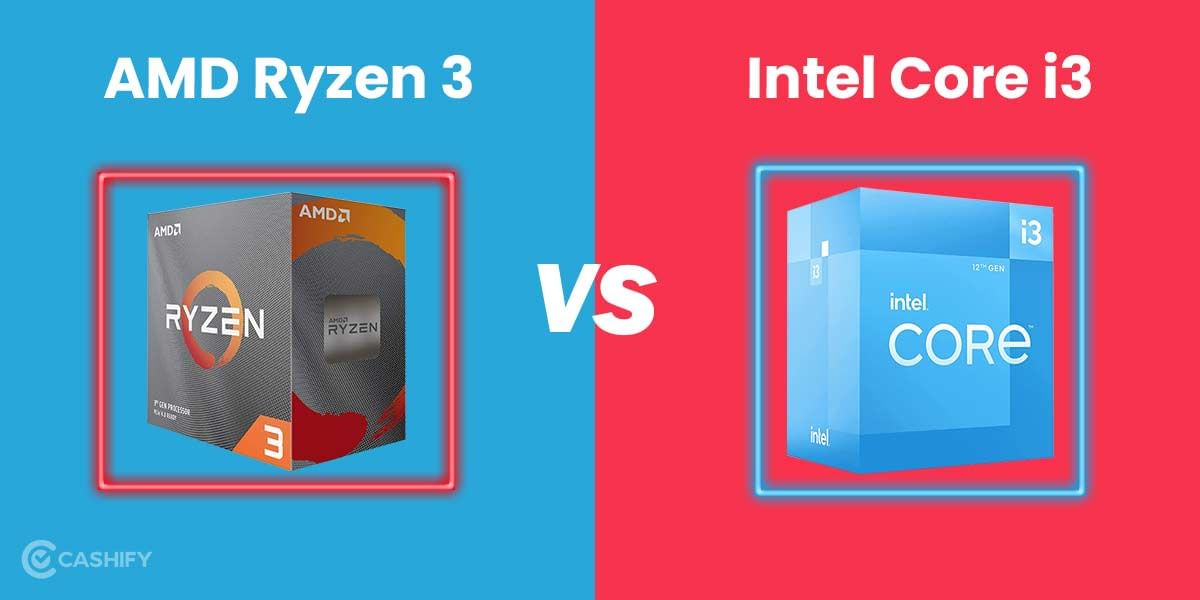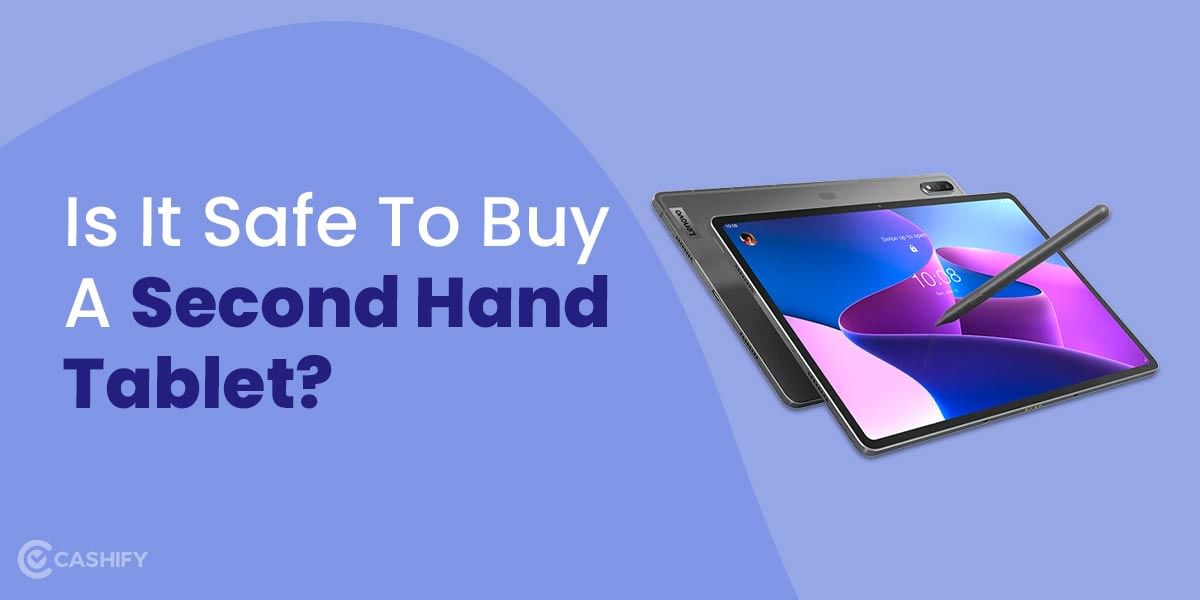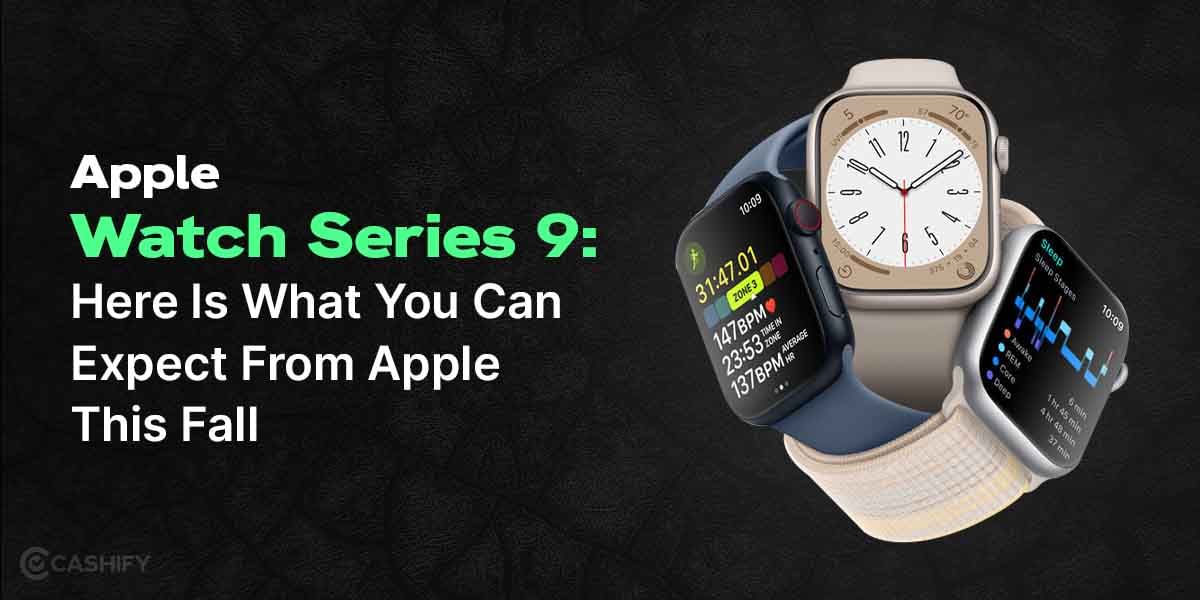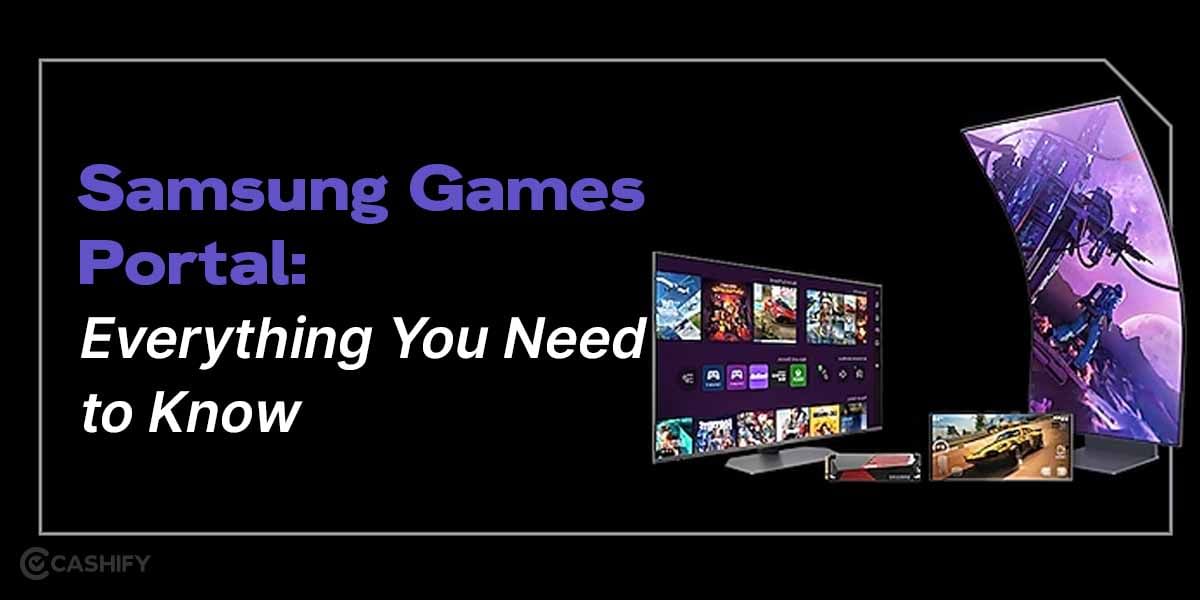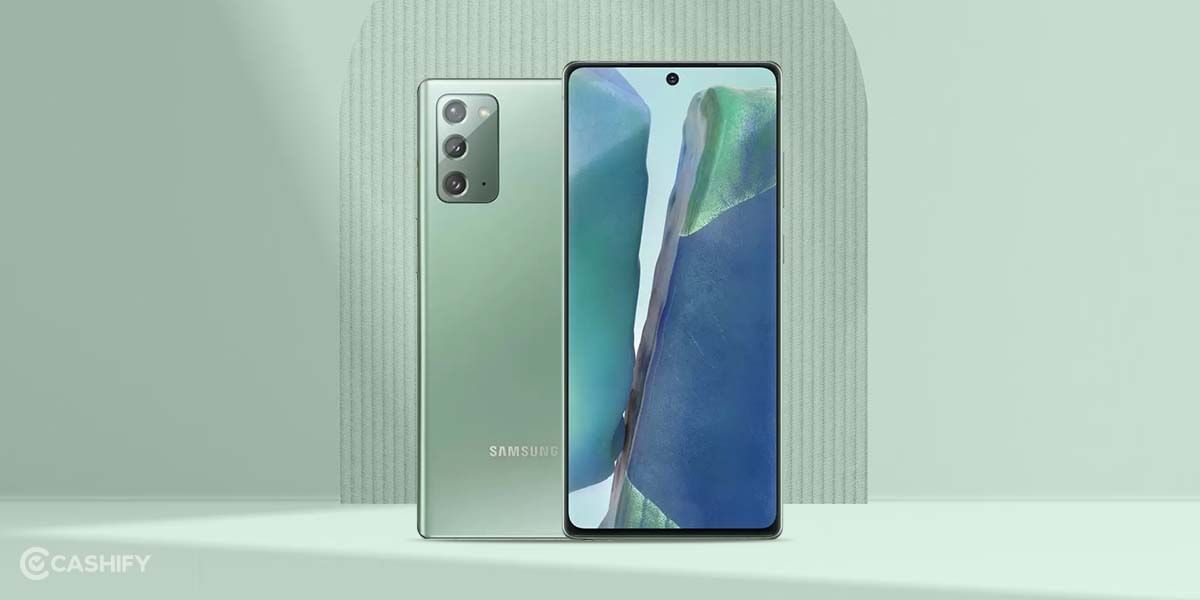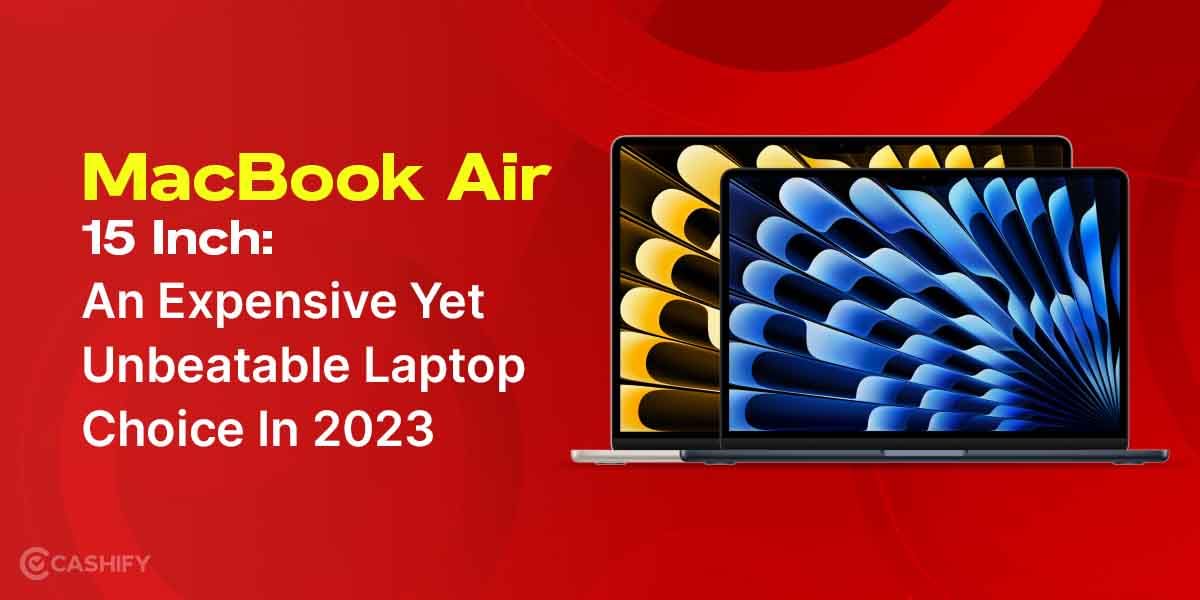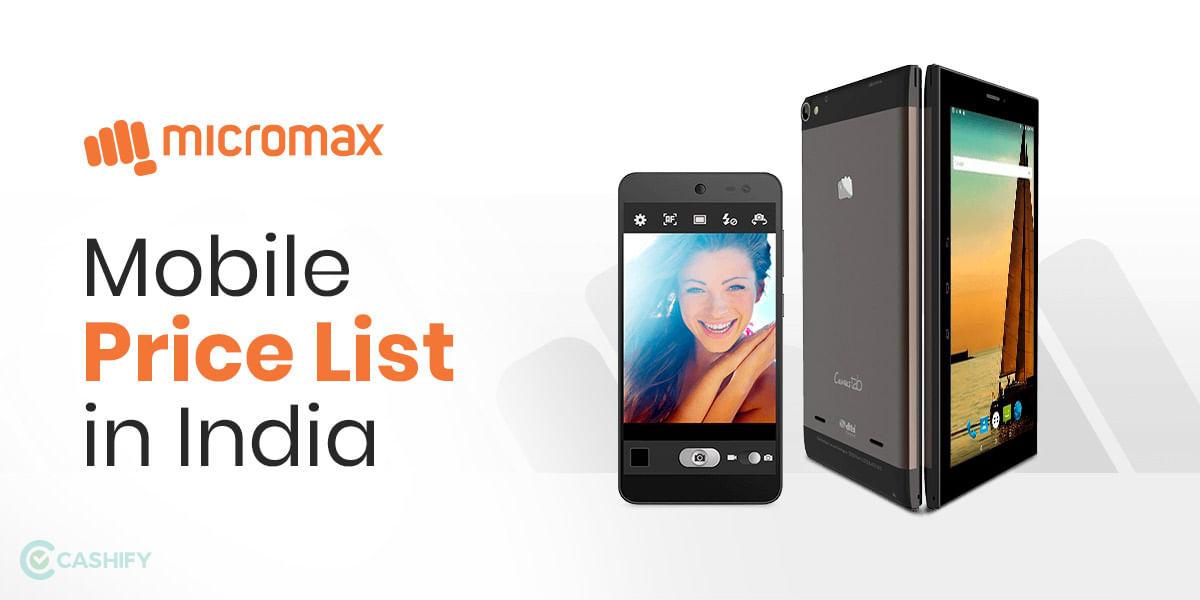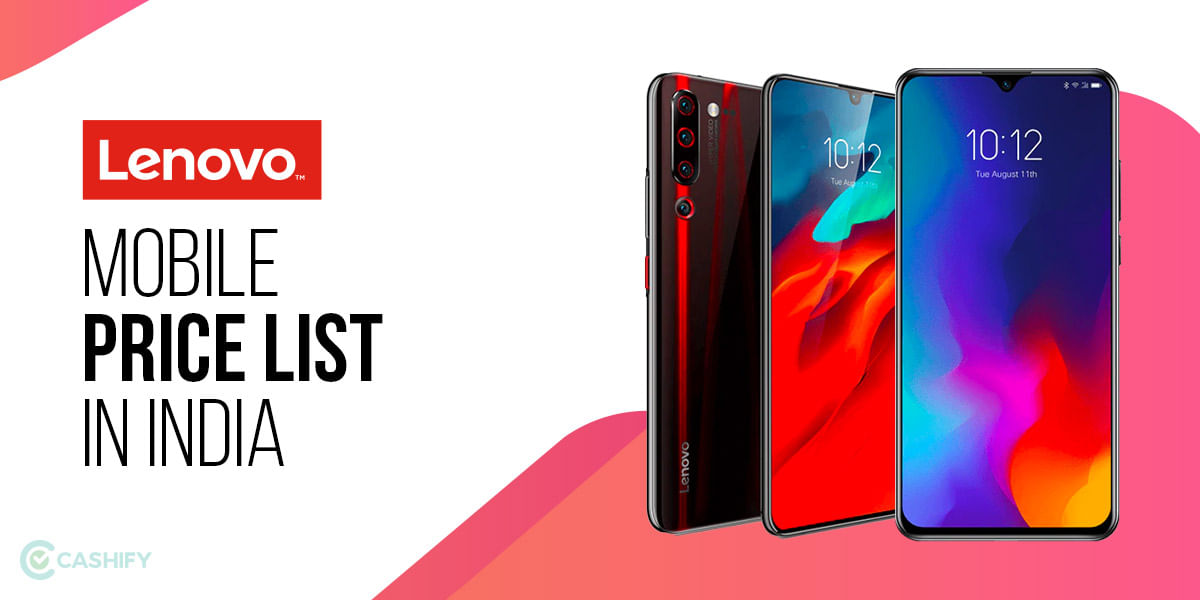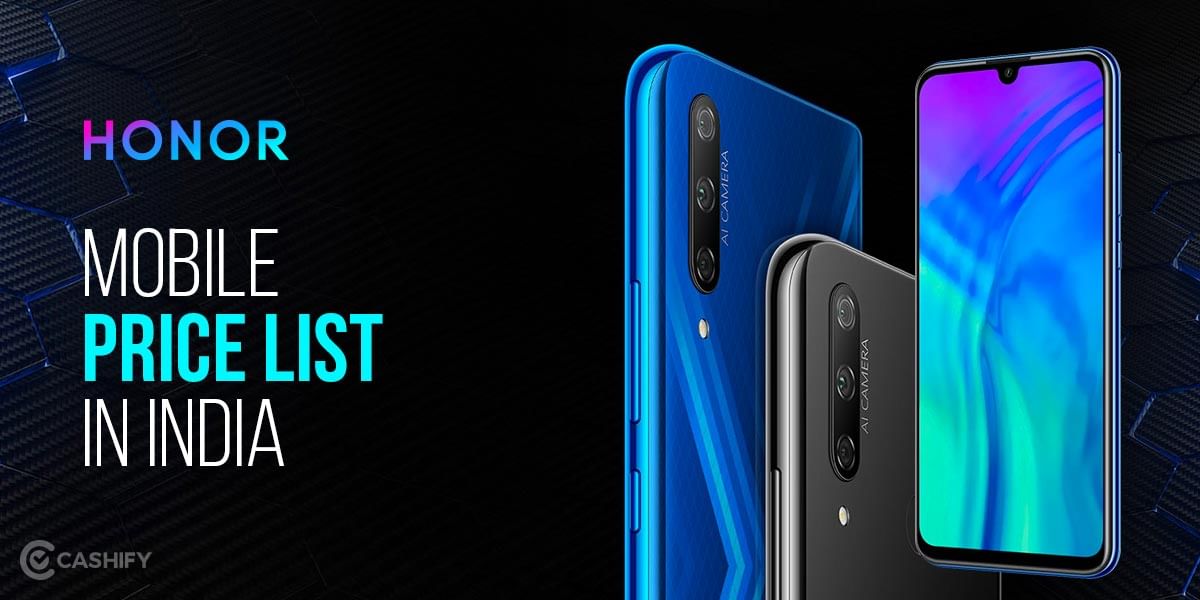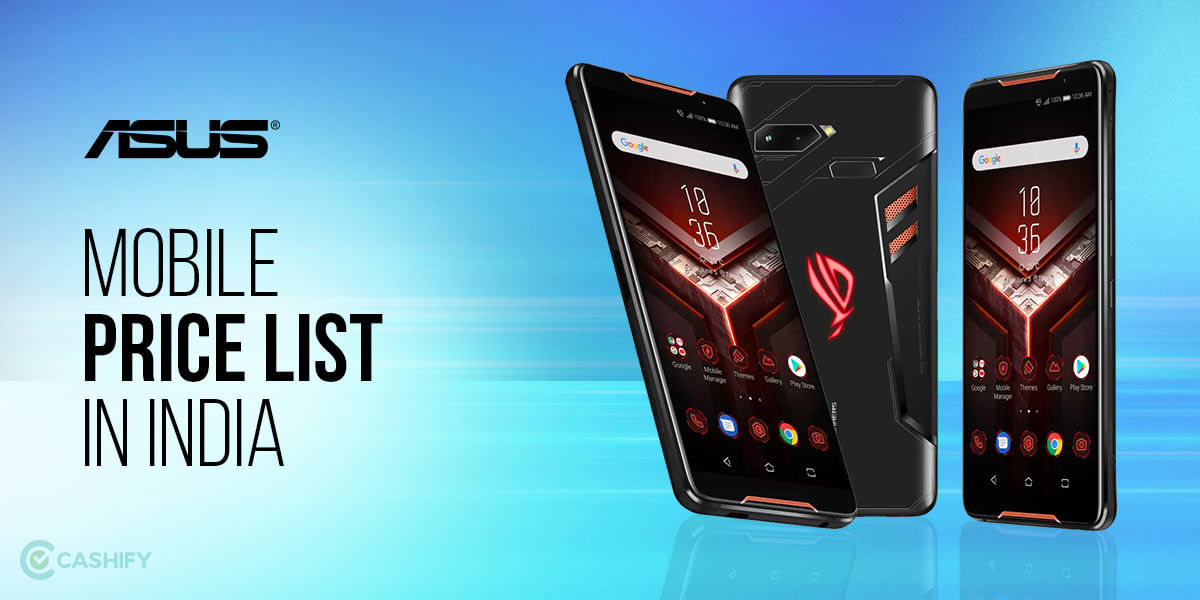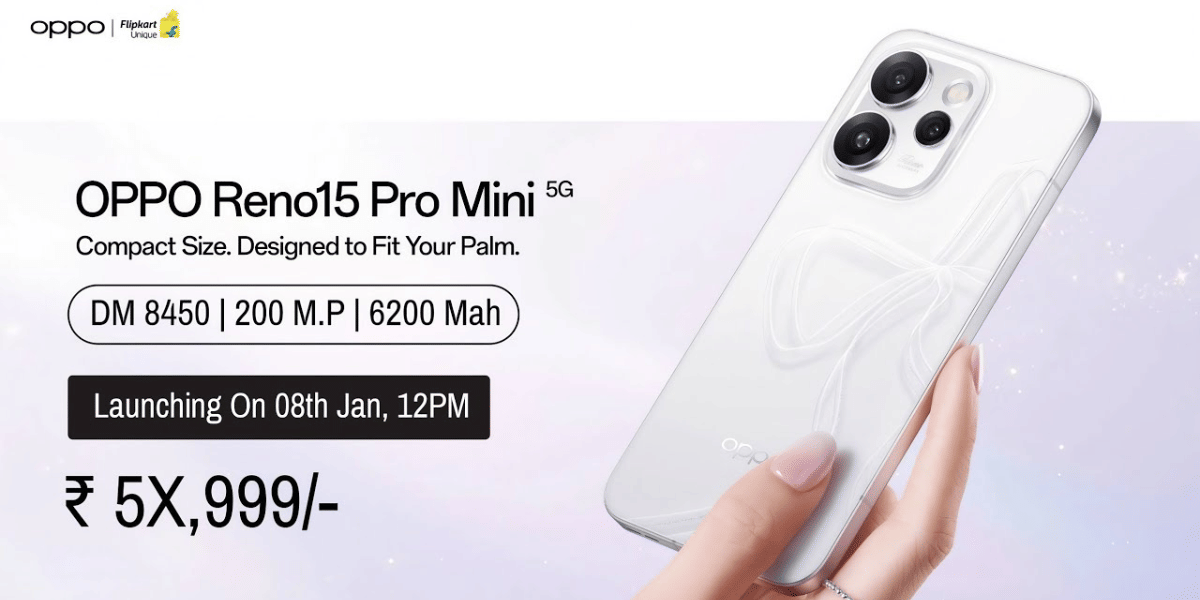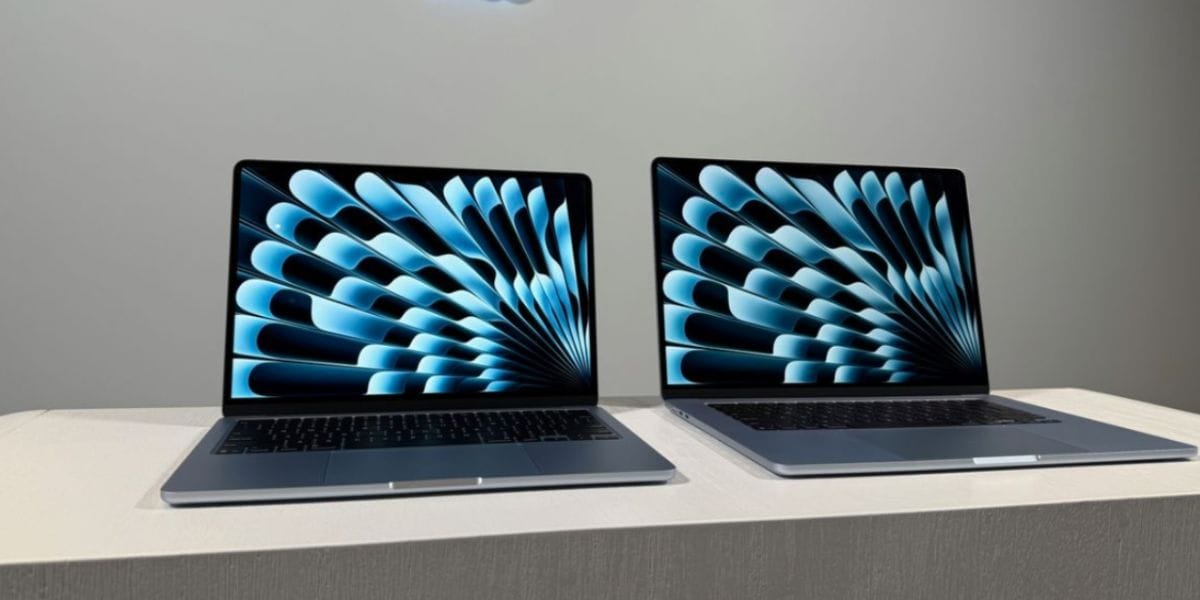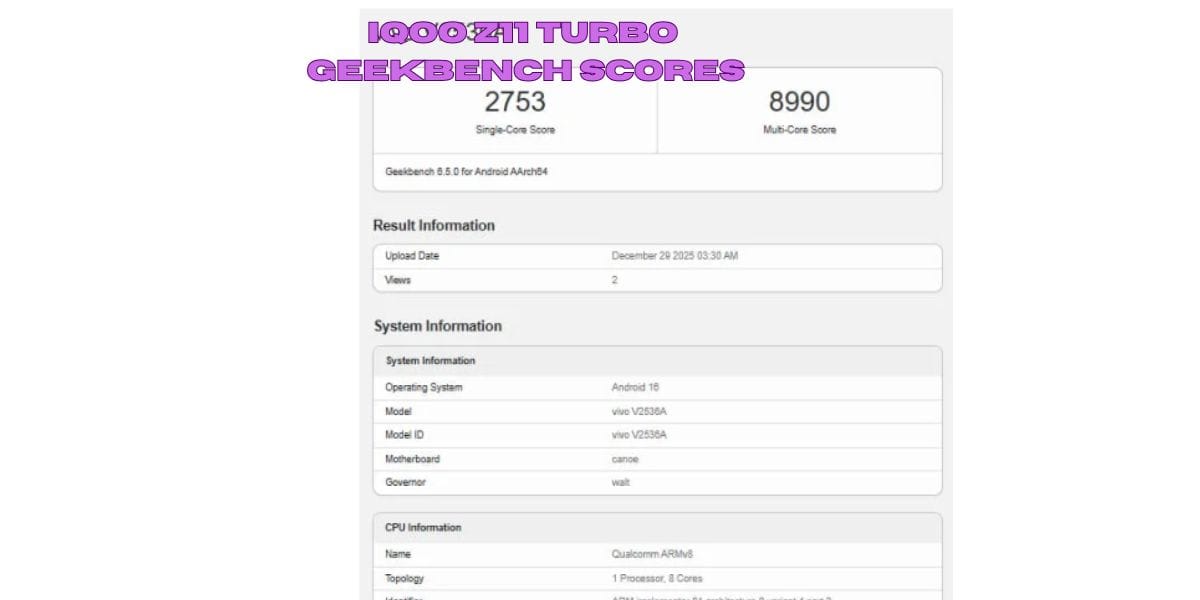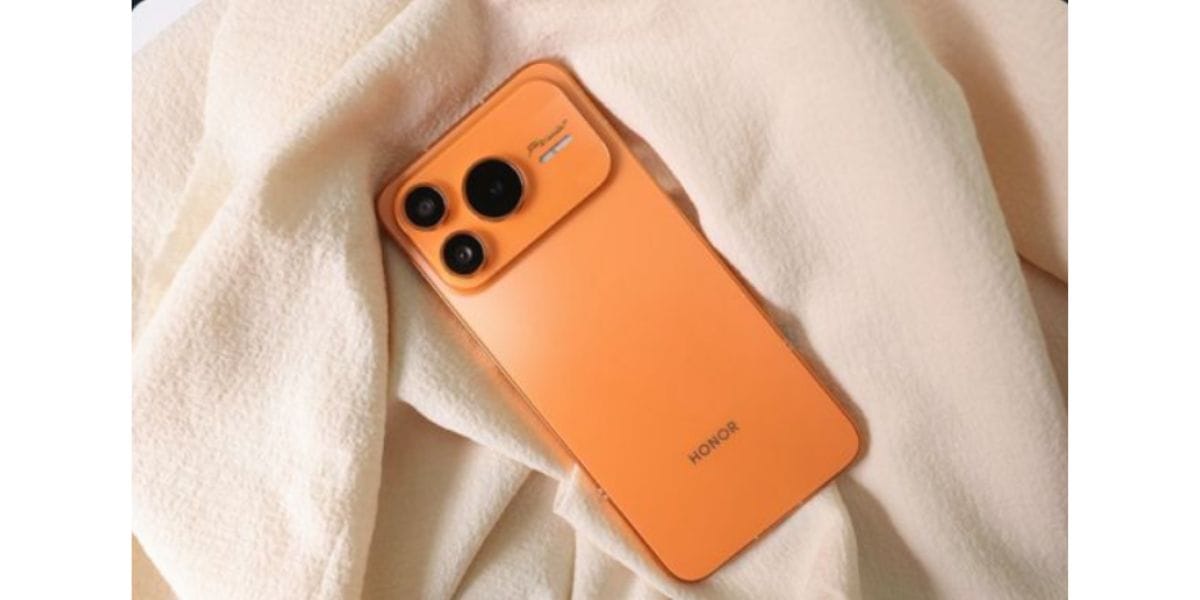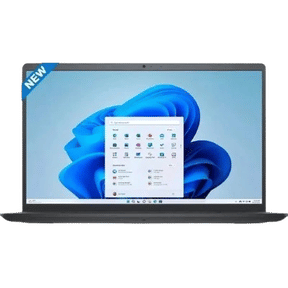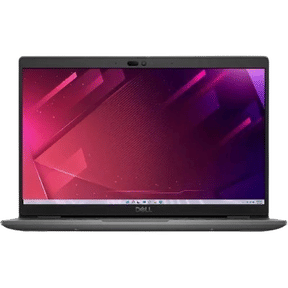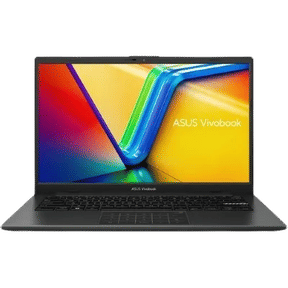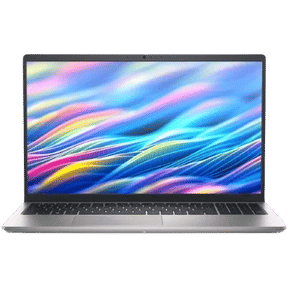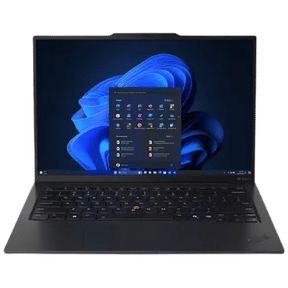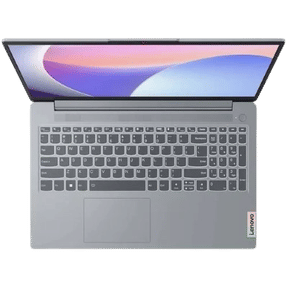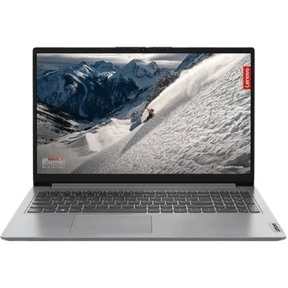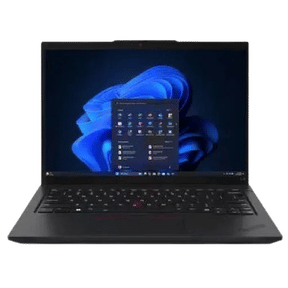Does everyone think that a TV and Monitor both seem to do a similar job and are built just to cater for a different audience? If this is the case then the option to choose one from both of them should be easy, right? That’s not the case here though. Both the TV and monitors are designed with a specific use in mind featuring different technology and features. While previously it was easy to choose TV for media consumption and monitors for gaming, it is not the same thing now.
Also Read: AMOLED vs LCD: Detailed Comparison, Which One Is Better?
TV vs Monitor: The Best Pick?
There are a lot of differences between the features and performance of both a Tv and a Monitor. You also need to focus on what are your needs and preferences so you are able to choose what really fits them.
Overall you can easily find a TV or monitor but there are a lot of other features that you need to focus on in making the right choice especially before buying a monitor. Monitors usually have a higher refresh rate, lower latency and accurate colours which make them the best pick for gaming, video editing, designing, etc.
Here are a few features that compare the difference between a TV and a Monitor and help you decide which one suits your needs.
TV vs Monitor: Screen Size
Screen size is something that differentiates a TV from a monitor. For most people, the screen size matters a lot for media consumption, and you can get a TV from a screen size of 32-inches to 85-inches. So buying a Television with a size that suits your room is a good option and the larger the screen size the more you enjoy your viewing experience.
For monitors, the screen size is quite limited. This is because users generally sit close to a monitor placed on a desk and a monitor generally connects with a laptop of a PC to get things done. The standard size of a monitor ranges from 18-inches to 32-inches for the standard aspect ratio. And we also have ultra-wide monitors with a screen size of up to 50-inches.
For most popular screen size for TV is 32-inches and 43-inches which is a sweet spot and is perfect for watching content in your bedroom. This screen size is also good if you are looking to play some games using your gaming console. And in terms of a monitor, the standard size is 22-inches which most people buy and 27-inches is quite popular amongst gamers.
Apart from screen size, the aspect ratio is another factor to look out for. While most TVs have a standard 16:9 aspect ratio. Monitors on the other hand have a variety of aspect ratios with different form factors. 16:9 is still the most popular choice, but you also have 21:9 and some ultrawide monitors have an aspect ratio of 32:9.
TV vs Monitor: Display Technology
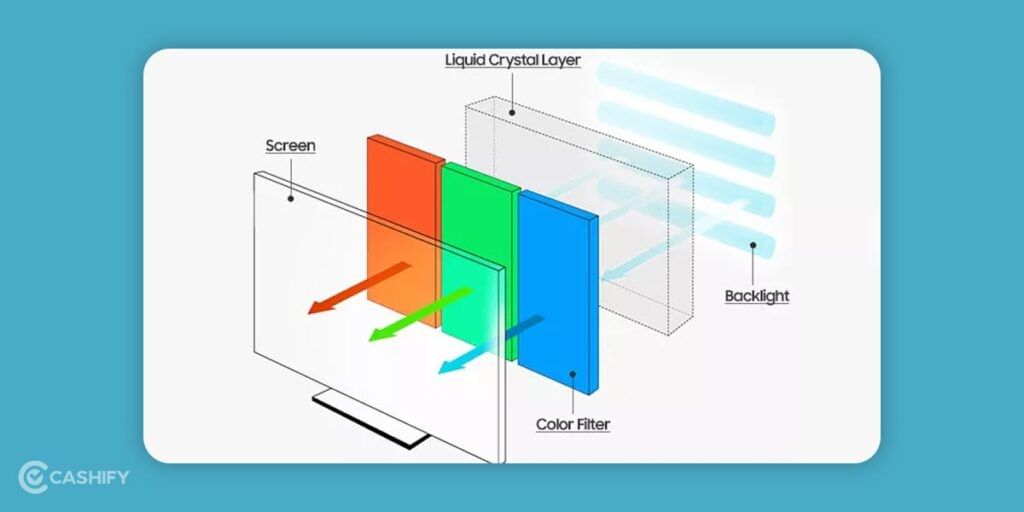
While there are quite a lot of display technology types available in the market right now ranging from LCD, LED, OLED, QLED and IPS. While some technologies like QLED used to be limited to TVs only; recently MSI has launched a QLED gaming monitor as well so there is nothing that segregates TVs from monitors and all technologies are available across all form factors.
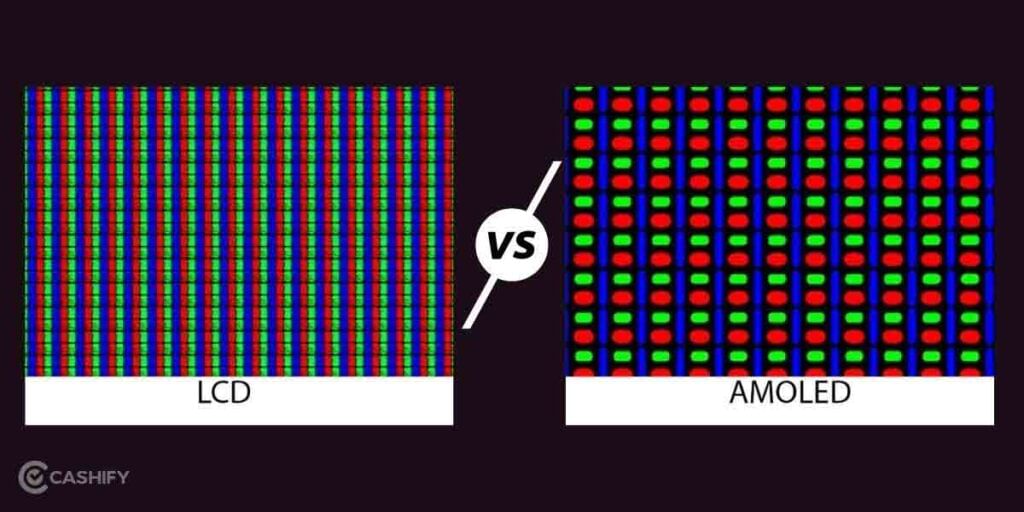
For more detailed information on how to pick the right display technology can check our TV buying guide (Link Below).
Also Read: TV Buying Guide 2022: How To Choose The Right One?
TV vs Monitor: Resolution
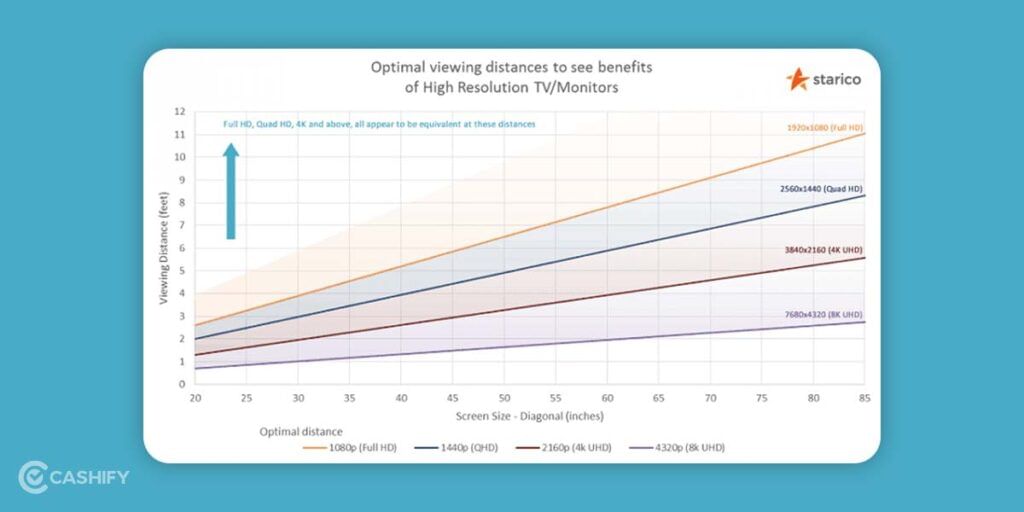
Resolution is something that is most important these days when picking up any display ranging from TV, Monitor, Smartphone, Tab, etc. While 8K content has started to become popular now, but still 4K resolution is something that we all have settled for. And for the price 4K displays are much more affordable now and 8K is still not mainstream.
For TVs, 4K resolution support is recommended as most OTT platforms like Netflix and Amazon Prime TV has a lot of content available in 4k. And it is a good idea to pick a TV with 4K support to future proof yourself for the next 3-4 years.
For Monitors resolution is of utmost importance as most gaming titles are compatible with 1440p or 2,560 by 1,440 pixels resolution at least. And with 4K gaming available as well, provided your GPU can handle 4K gaming, you can opt for a 4K monitor. But, 1440p supported monitors are what most gamers are looking out for and most gaming titles support this resolution as well. Another advantage of 2k resolution is that it provides a good balance between resolution and frame rates.
TV vs Monitor: HDR

HDR or High Dynamic Range is a display technology which in the most basic form can simultaneously display both very bright and very dark visual parts without compressing any features. In simple terms, an HDR display can differentiate the two differently lit dark areas without losing any details.
While we have so much HDR content available right now on Netflix and Amazon Prime. This makes HDR a must-have if you are buying a TV or a Monitor.
Also read: 5 Best Gaming Monitors To Buy In India May 2022
TV vs Monitor: Connectivity
If a TV or monitor was manufactured in the recent decade, it should support HDMI input. HDMI is the industry standard for video transmissions, and you’ll find it on almost any device that outputs video, including FireTv Sticks, laptops and game consoles.
Other connections, such as DisplayPort, are frequently available on monitors to allow greater resolutions and refresh rates. Multiple HDMI ports are common on TVs, allowing you to connect all of your devices to one screen, whereas monitors are often designed to only use one device at a time.
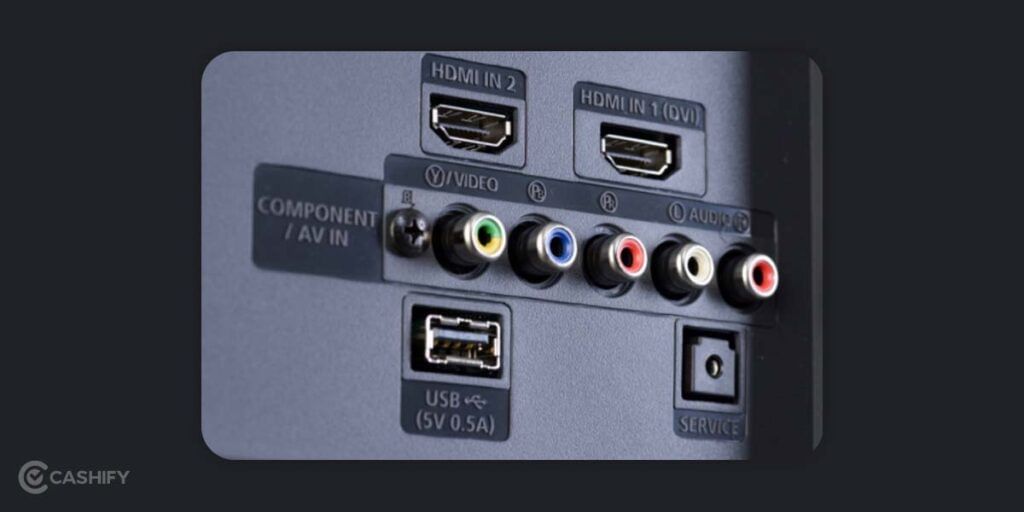
Audio is commonly sent over HDMI by devices like gaming consoles; but monitors rarely contain speakers, and if they do, they are rarely good ones. At your workstation, you’re normally required to use headphones or have desktop speakers. Almost all televisions, however, will feature good quality speakers. The high-end models take pride in having excellent ones, as they serve as the focal point of your living area.
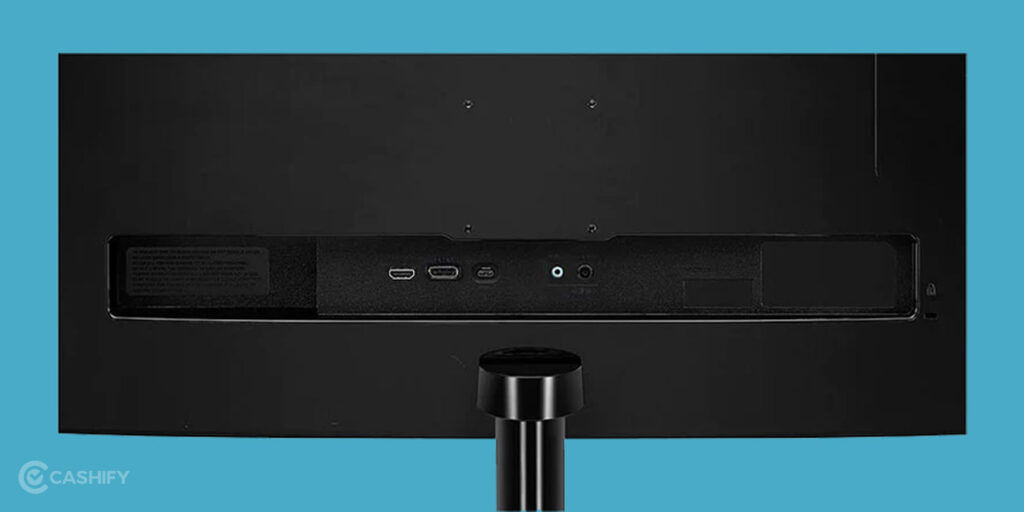
Simply said, televisions have a greater advantage because they typically include more connectors, such as HDMI, VGA, USB, DVI, and coaxial. On the other hand, monitors may have similar possibilities, but they often have fewer ports. However, it has the advantage of being extendable through the use of adaptors and bridges.
Most of your demands are met by VGA, USB, and HDMI ports. A USB port on a TV can be used to connect a storage drive or an HDD to directly watch movies. While USB ports on a monitor are not that common and if they are there they serve no purpose. So when it comes to the variety of connection ports, televisions are the clear winner.
Also read: How To Sell Old Tv Online And Get Amazing Buyback Value?
TV vs Monitor: Usecase
If you are planning to connect a gaming console to a screen and enjoy a laid-back experience; then a TV makes sense as you need to sit farther away from the display and enjoy your gaming experience.
While for a hybrid use case of pairing a display with your laptop or a desktop computer then a monitor makes sense. If you would be sitting close to the display and using it to get things done or gaming, then getting a monitor is the right thing to do.
TV vs Monitor: Response Time

Another thing to look out for is the response time. OLED displays are the fastest in terms of response time. However, as we learned, OLED screens are only available on a few high-end TVs and monitors. Most monitors and televisions currently have IPS or VA panels, with TN panels becoming rare. Unfortunately, many TV manufacturers, do not provide pixel response performance figures. However, as a general rule, IPS is faster than VA, albeit some cutting-edge VA panels are currently faster than IPS.
In terms of monitors, the fastest IPS panels now have a reaction time of 1ms gray-to-gray or 0.5ms MPRT, which are two slightly different means of evaluating response. To summarize, the top gaming PC monitors have a better pixel response than TVs. A general-purpose or productivity-oriented monitor, on the other hand; will have a pixel response time comparable to a TV and a grey-to-grey time of roughly 5-8ms.
TV vs Monitor: Refresh Rate
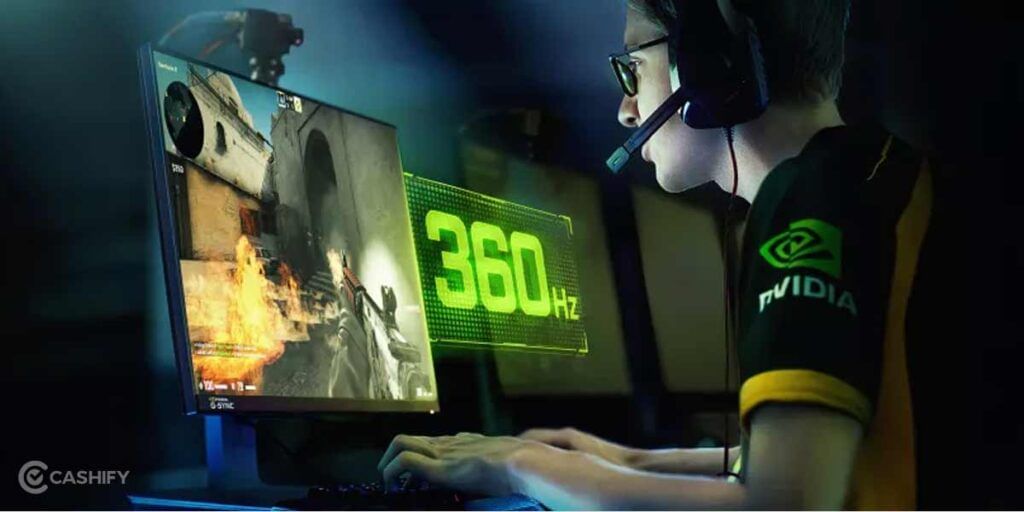
The refresh rate is the other side of the speed equation. It’s what defines how responsive a screen is to inputs when playing games. But it’s much less significant when viewing movies or doing ordinary computing. The fastest gaming monitors currently have a refresh rate of 360Hz, whereas modest TVs are limited to 60Hz.
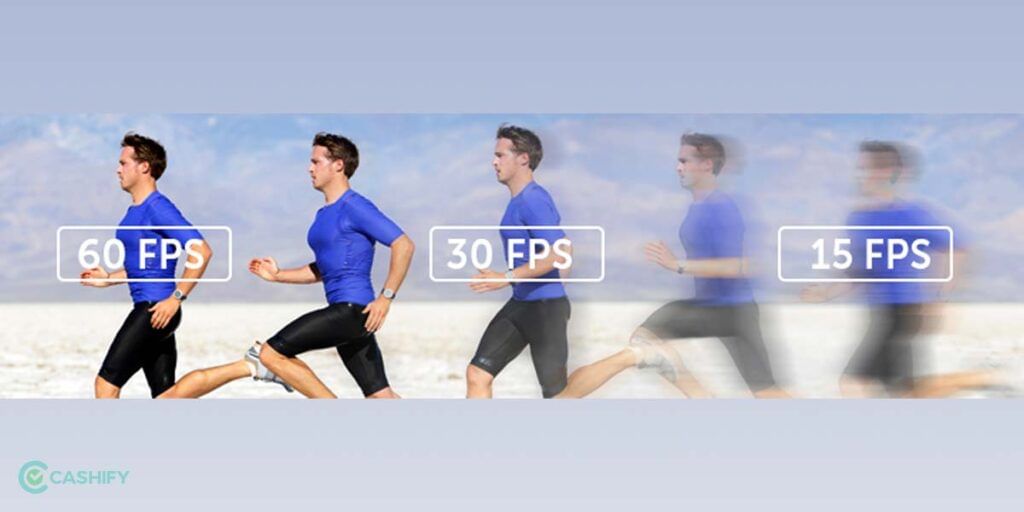
High-refresh gaming, on the other hand, is a niche concern, and 60Hz is acceptable for most console and PC games; especially since a powerful PC or one of the latest consoles is necessary to fully exploit a high-refresh display.
TV vs Monitors: Price
Let’s face it: when it comes to deciding what to buy, price is a major consideration. The good news is that there are solutions available for any budget. TVs are generally more expensive, with some costing up to Rs. 50,000 for a standard 4K 43-inches TV from a reputed brand. However, if you don’t have a lot of cash, you can get them for around even Rs. 15,000 to Rs. 20,000 having a 32-inch screen size with FHD resolution as well.
A monitor, on the other hand, will set you back anywhere around Rs. 25,000 or more for a standard 25-inch display, 144hz refresh rate and an IPS panel with FHD resolution. While a basic productivity monitor with a 22-inches screen size can cost under Rs. 10,000 as well.
The pricing discrepancies are according to the size of the model and the features it includes. There may also be variances in the resolution, screen type, and inputs accessible. Some features like AMD FreeSync and NVIDIA G-SYNC are important for a gaming monitor and monitors that support such features are slightly more expensive.
Also Read: Best 144hz PC Gaming Monitors in India




